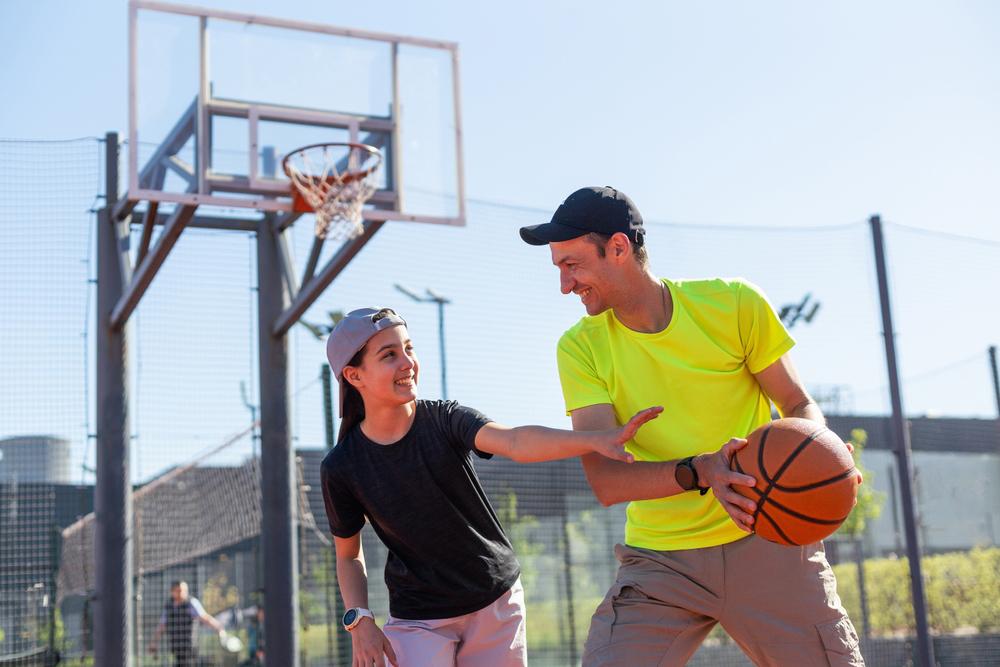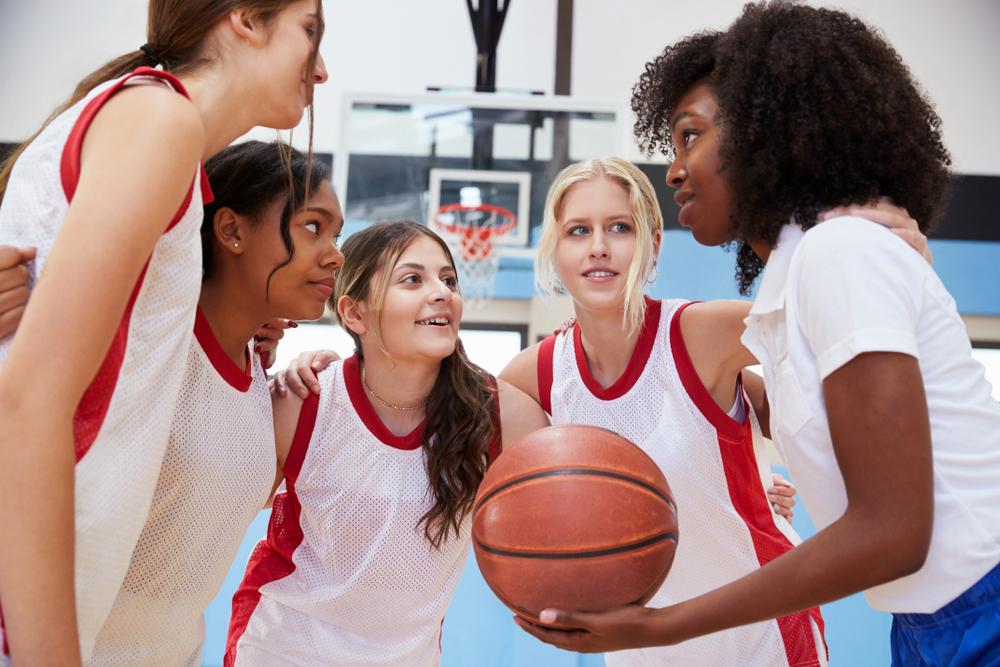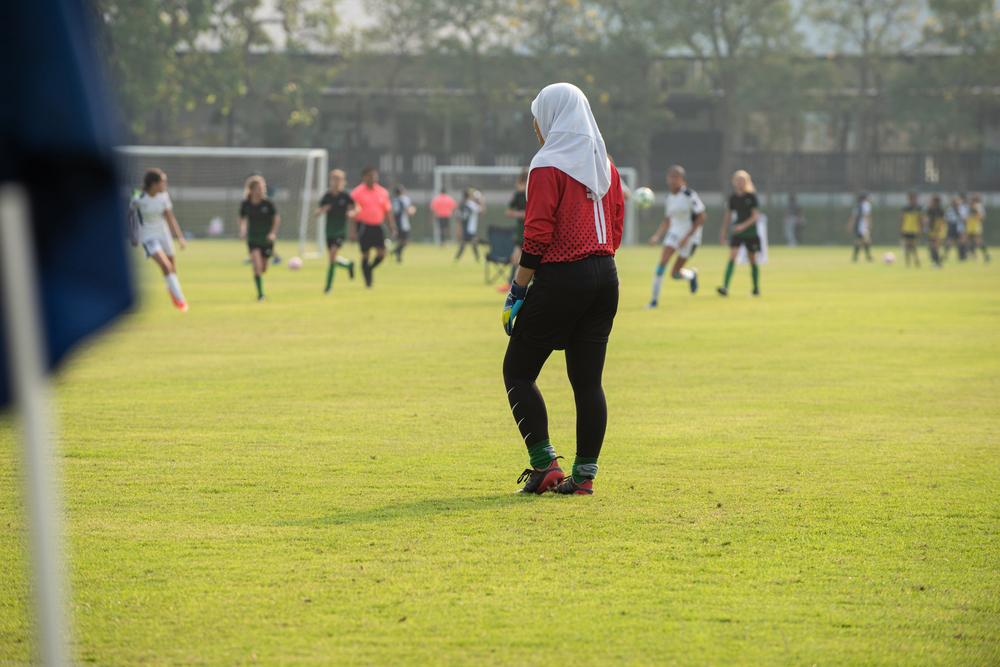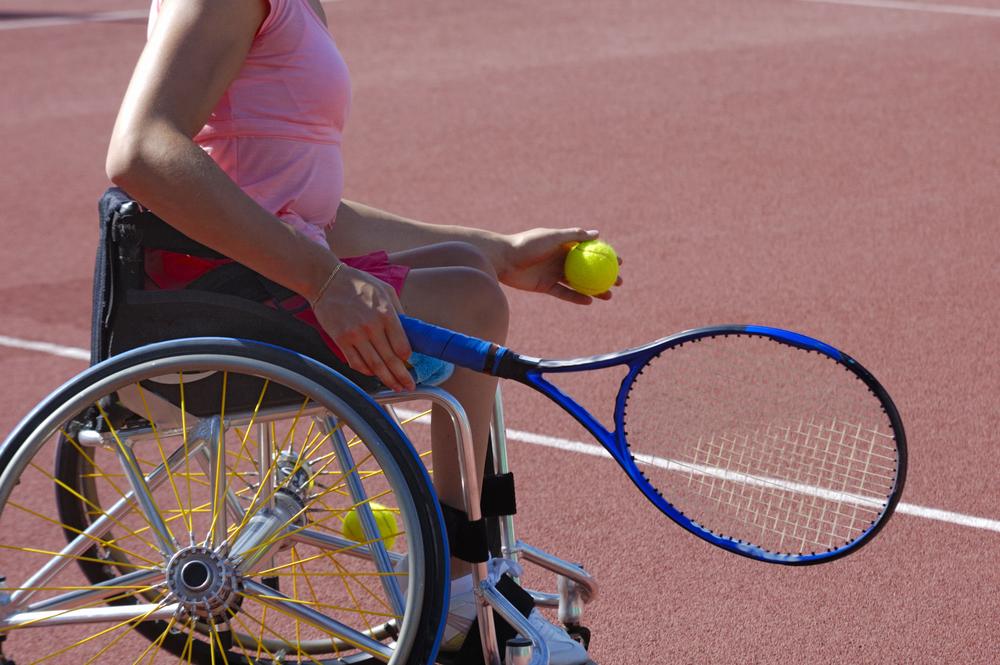 Many parents sign up their children for sports for the social and emotional development, as well as the physical benefits. Sport can teach problem solving, emotional regulation, conflict resolution, and of course, leadership. But those aren’t guaranteed outcomes.
Many parents sign up their children for sports for the social and emotional development, as well as the physical benefits. Sport can teach problem solving, emotional regulation, conflict resolution, and of course, leadership. But those aren’t guaranteed outcomes.
Here, board-certified family physician and TrueSport Expert Deborah Gilboa, MD, shares ways to make sure youth sport is delivering on you and your athlete’s expectations.
Help Your Athlete Define Their Why
It’s easy for both parents and players to get caught up in a sport and spend years aimlessly going from game to game without ever defining why they’re actually investing so much time and energy. Is it a scholarship they’re chasing? Is it just for fun? Does your athlete see their sport as a way to stay healthy, develop their leadership potential, or simply spend time with friends? Gilboa suggests having a conversation with your athlete and getting clear on why they want to play and what success looks like for them—and for you. This becomes even more important as your athlete gets older and the expectations for the sport become higher. You may suddenly need to coordinate cross-country trips for Nationals, be expected to pay for extra camps and coaching, and of course, there’s a time commitment for both parents and athletes that can cut into other priorities and activities.
“Talking about the goals for sport participation is a reasonable conversation to have given the incredible expense and outlay of time and resources for not just the athletes, but the family as a whole,” she says. “Your athlete should have a clear reason for why they’re playing.” This is useful not only to keep motivation high in the moment, but also so that you can regularly check in to ensure that the sport your athlete is playing still meets those needs.
Make a Social Contract
Once your athlete has a clear ‘why’ for sport, it’s easier to define expectations for both them and for you as the caregiver. “It helps you better evaluate situations where they want to quit,” says Gilboa. If you know their why, it’s helpful in making a decision about whether they should push through a difficult situation or if this team or sport is no longer serving them.” She suggests using their ‘why’ and coming up with a list of possible scenarios that your athlete may encounter that would potentially cause them to want to quit—and deciding how to handle each.
For example, “If being the best on the team and being the star player is part of their ‘why,’ what will they do if another player who’s better than them joins the team?” she asks. “Or what if their ‘why’ is spending time with friends, but their best friend decides not to play next season? They will almost certainly encounter moments like this, so knowing how they will respond can help you set your own expectations—and can open up deeper conversations about when it’s worth pushing through difficult times.”
Help Lead Your Athlete to Skill Acquisition
Don’t assume that your athlete’s coach is teaching them all the life skills that you hope sport will provide. “Sport can teach those problem solving, emotional regulation, conflict resolution, and leadership techniques, but only with the right team leadership in place,” says Gilboa. “A coach who gets angry and screams at athletes after a loss isn’t going to teach your athlete good emotional regulation.”
If you don’t feel as though your athlete is learning these more intangible lessons from a coach, you can gently encourage them through post-practice or game discussions. “Having a discussion about the appropriate way to handle a loss gracefully with your athlete on the drive home from the game may help them better understand how to dial up or down their feelings,” adds Gilboa.
Help Athletes Take Lessons Beyond Sport
 Even adults struggle to take lessons learned in one part of life and apply them to another, but often, we assume that our athletes are learning life lessons from sport and easily applying them elsewhere. But that isn’t the case, says Gilboa. As a caregiver, it’s important to be intentional about helping your athlete understand how those lessons from sport can apply to life.
Even adults struggle to take lessons learned in one part of life and apply them to another, but often, we assume that our athletes are learning life lessons from sport and easily applying them elsewhere. But that isn’t the case, says Gilboa. As a caregiver, it’s important to be intentional about helping your athlete understand how those lessons from sport can apply to life.
“It’s a rare student who’s truly a lateral thinker, someone who hears an idea in a song they listen to, or movie they watch, or a speech that a coach gives, and thinks, ‘This is the exact problem I’ve been having with my best friend, and I should take this strategy from here and apply it over there,'” she says. “That is an unrealistic expectation to have. But you can help them make those connections by asking questions about what they’re learning in sport and continuing to ask follow-up questions so they can discover other applications.”
Ask “What did you learn?”
Coming up with the right questions to develop life skills sounds overwhelming, but Gilboa suggests using a simple prompt: “What did you learn?”
“Don’t only ask this question when there’s a loss or something doesn’t go well, because then your athlete learns to associate that question with failure. Instead, ask it after any practice or game when you’re having a conversation with your athlete,” says Gilboa. “When you do this, you are giving them both a structure to consider what they just went through from a growth mindset perspective—without lecturing them about growth mindset—and you’re building a pattern for them. Every time they finish a game or a competition, even if you’re not there, they’re going to be more inclined to ask themselves that question.” She also suggests asking, “Where else in your life could that be useful?” to encourage them to make connections elsewhere.
Let Your Athlete Come to Their Own Conclusions
“Be careful that when you’re trying to help your athlete make these connections, you aren’t spoon-feeding them connections or conclusions,” Gilboa says. “You may need to nudge them in the direction of making those connections but try to just ask questions that will lead them there, rather than telling your athlete what you think the lesson is. When an athlete makes the connections for themself, the learning is stronger as a result.”
Gilboa uses the example of an athlete who’s struggling in a game, until halftime. After a pep talk from the coach and a few minutes to mentally recover and reset for the second half, he played much better. The athlete learns the lesson that sometimes, they need to pause and do that mental reset when things are going badly, and that it’s possible to turn a bad game into a good one. For many athletes, the lesson about mentally resetting stays on the court, but if they’re asked the right questions, they may see how it could apply to a test-taking situation that isn’t going well or a family event that starts poorly.
_________________________
Takeaway
Youth sport doesn’t just lead to physical health or sports scholarships—it provides life lessons that can help children and teens develop characteristics like leadership, problem solving, emotional regulation, and conflict resolution. But most young athletes won’t naturally connect sport experience to the rest of their life. As a caregiver, you can help your athlete understand those connections and ensure that they’re making the most out of their sport experience.



